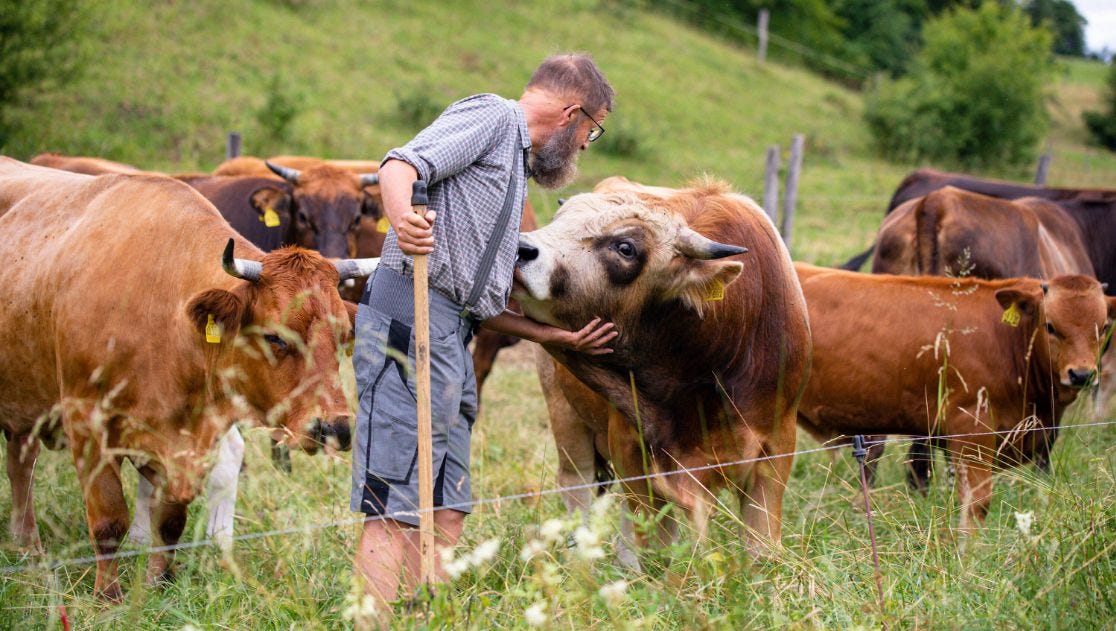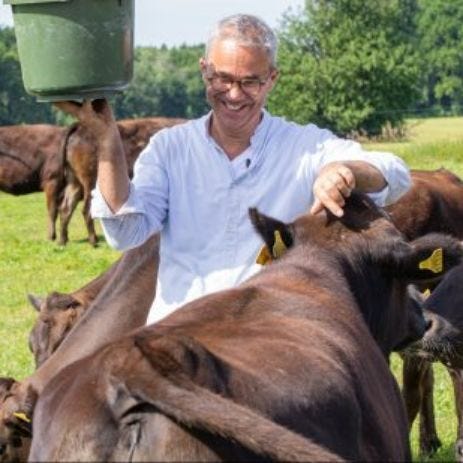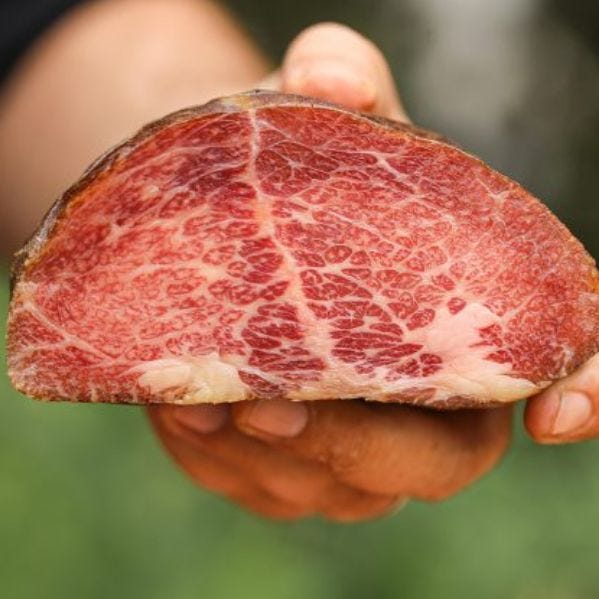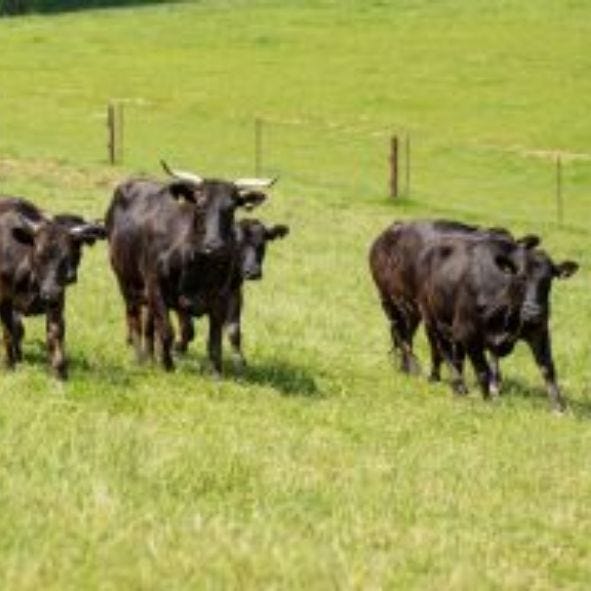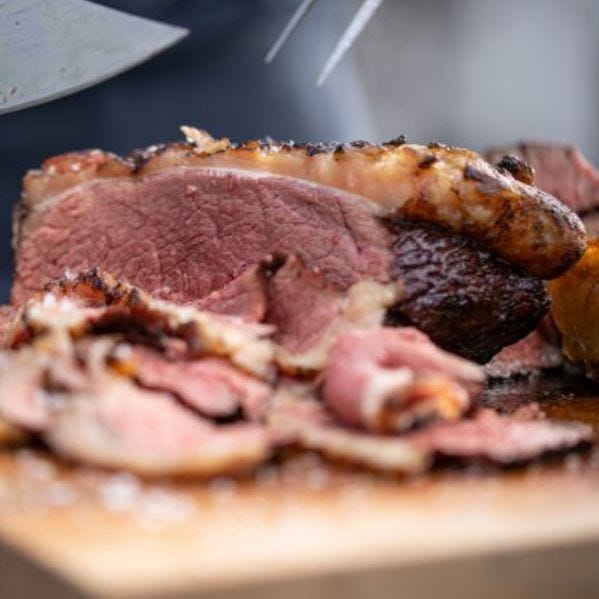Murnau-Werdenfels cattle, a bavarian breed threatened with extinction
Murnau-Werdenfels cattle, a bavarian breed threatened with extinction
Play
“Initially, people would often say to us in the restaurant: something’s wrong with the meat, it has a flavour!” – Jürgen Lochbihler, owner of the Pschorr restaurant in Munich
Directions
MURNAU-WERDENFELS CATTLE IN GERMANY
In the fifth and final stage of the Epic Meat Tour, we investigated the origin of this intensely flavoured meat. To do so, we went in search of Jürgen Lochbihler, who told us his success story which involves saving Bavarian Murnau-Werdenfels cattle from extinction.
In recent decades, there has been a serious decline in the number of Murnau-Werdenfels cattle in Germany. About 100 years ago, there were around 60,000 Murnau-Werdenfels cattle in Bavaria alone, but 60 years later they numbered no more than 200. The reason for this is the low milk and meat yields that the animals offer. As a result of the heavy emphasis on profitability in the 70s, the breed was replaced by other animals with a higher yield of milk and meat.
THE MEAT OF THE MURNAU-WERDENFELS CATTLE HAS AN INTENSE FLAVOUR
Lochbihler set himself the goal of counteracting the declining number of Murnau-Werdenfels cattle and, with his partner farmers, he has actually reached a position in which the animals can often be found not only in farmers’ fields but also on menus. Among other things, the Murnau-Werdenfels Association was founded for this purpose. The trigger for all of this was a meat recommendation to Lochbihler from a farmer who reared the breed. Once Lochbihler had tried the beef, he wanted to keep that taste experience and decided not only to include the intensely flavoured meat on his menu, but also to prevent the animals from dying out. His aim was to reward farmers who opted for the Murnau-Werdenfels cattle despite the potential financial losses. Lochbihler therefore paid the farmers a higher price for the meat from these cattle, on the grounds that the special meat should be a little more expensive.
On our visit to Bavaria, Lochbihler took us with him to visit his farmers. Josef Schmid wanted to take on the challenge of rearing the native Murnau-Werdenfels cattle. Initially, Schmid also met with a lot of resistance from outside, but it was the right decision for him and now his Murnau-Werdenfels cattle graze happily in his fields all year round.
Lochbihler and Schmid attach particular importance to the cattle having long and happy lives, because they believe that both the age and the life of an animal are reflected in the meat. It is therefore not only the intramuscular fat of the meat of the Murnau-Werdenfels cattle that makes it so special, but also the history and age of the animal.
Lochbihler and Schmid attach particular importance to the cattle having long and happy lives, because they believe that both the age and the life of an animal are reflected in the meat. It is therefore not only the intramuscular fat of the meat of the Murnau-Werdenfels cattle that makes it so special, but also the history and age of the animal.
HERE’S HOW TO PREPARE MURNAU-WERDENFELS BEEF
This time we prepared three cuts, a filet, a flank steak and a rib eye, on the griddle of the Advantage 345S gas grill. Our tip: To prevent the meat from sticking, the strip of fat can first be rendered a little over the hot griddle. Once the cuts have been seared on the griddle, they should be left for another 10 minutes on the indirect zone. In the taste test, the cuts certainly impressed with their intense, meaty flavour!
Here you will find more information about flank steak, filet and rib eye, as well as other cuts of beef.

